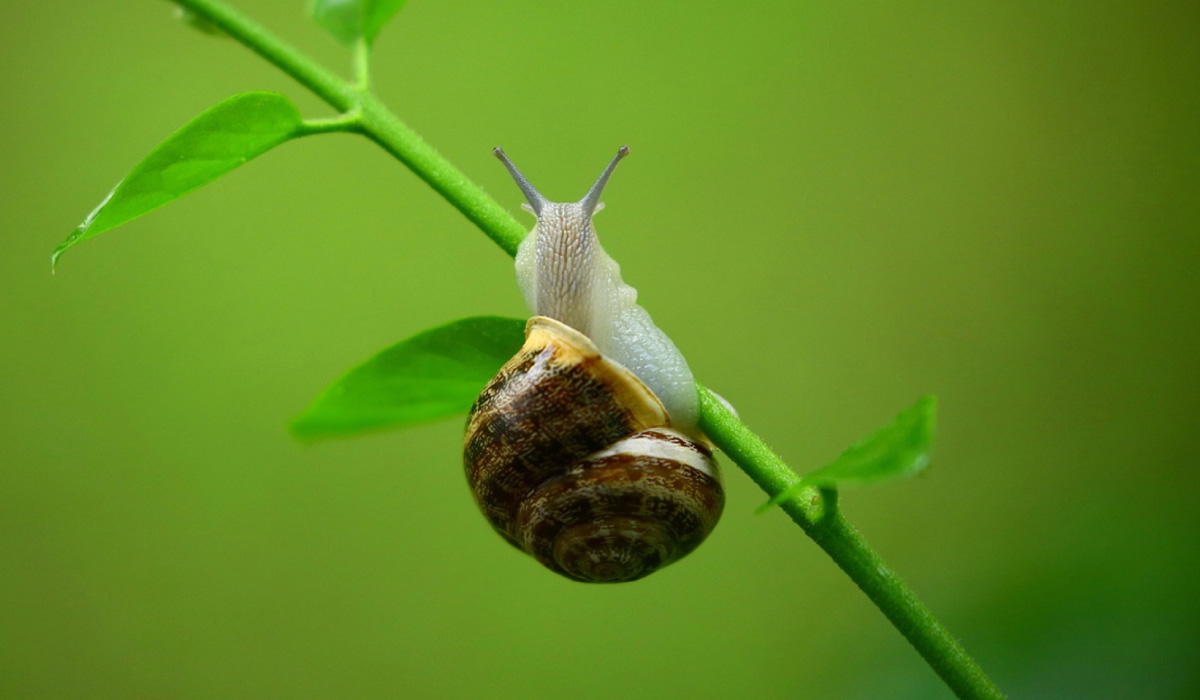In 1986, in Rome (called the Eternal City because – we fantasize – the memory of its gastronomy is eternal), a group of activists led by Carlo Petrini decided to plant the seed of a revolution beyond the culinary world: a protest against the opening of a fast-food restaurant near the Plaza de España. Thus, what began as a local protest became the demand for an entire food culture: the importance of producing and consuming food sustainably and healthily. Unknowingly, the foundations of the Slow Food movement were laid at that moment.
Since then, this movement has evolved into a global organization that promotes healthy and quality eating, resulting in dishes with super tasty ingredients that maintain all their nutrients. And the numbers back it up! There are more than 4.500 agroecological gardens, 6.000 producers and 1.200 chefs from over 160 countries directly involved in this collective.
Urbanfresh and Slow Food
The Slow Food movement and urban vertical crops, such as Urbanfresh, share a vision of the future where food is more than just food: it is a source of nutrients, local, seasonal and responsible. By adopting these principles, producers, chefs and consumers contribute to the efficient use of resources and the reduction of the carbon footprint.
On one hand, the chefs have Access to fresh, exceptional quality ingredients all year round, allowing them to unleash their creativity by experimenting in the kitchen, and, at the same time, designing a menu that reflects their commitment to the environment. On the other hand, diners get the best part: enjoying top-level dishes that produce a euphoric experience on the palate!
Noah’s Ark of food
One of the projects carried out by the Slow Food organization is the Ark of Taste, a global catalog that collects traditional foods, products and recipes at risk of disappearing. This initiative seeks to preserve food biodiversity and protect local culinary traditions, including varieties of fruits, vegetables, cheeses, meats and other foods with significant cultural and gastronomic value, such as the Bufet d’Osona potato or the Vallès paperina cabbage, varieties especially rich in vitamins and minerals.
So, the next time you visit a Slow Food restaurant or consume a product that is a part of this movement, remember that you are participating in a silent revolution, where each ingredient has a little story.



